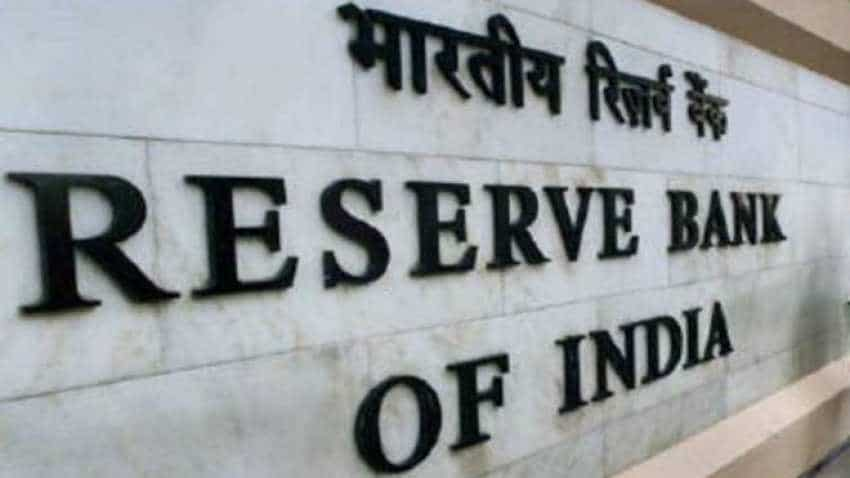RBI crackdown on NPA: What is Reserve Bank's 'Prudential Framework' plan to deal with stressed assets
RBI placed a new guidelines prudential framework for resolution of stressed assets by banks in the wake of the judgment of the Supreme Court of India.

After the Supreme Court quashed its February 12 framework to deal with bad loans, the Reserve Bank of India (RBI) placed a new guideline namely 'Prudential Framework' for resolution of stressed assets by banks in the wake of the judgment of the Supreme Court of India. Notwithstanding anything contained in this framework, wherever necessary, RBI will issue directions to banks for initiation of insolvency proceedings against borrowers for specific defaults so that the momentum towards effective resolution remains uncompromised.
In a press release issued by the Apex bank Yogesh Dayal, Chief General Manager at RBI said, "It is expected that the current circular will sustain the improvements in credit culture that have been ushered in by the efforts of the Government and the Reserve Bank of India so far and that it will go a long way in promoting a strong and resilient financial system in India."
Hailing the new guidelines announced by the RBI to deal with the stressed assets by banks Dr. Joseph Thomas, Head Research- Emkay Wealth Management said, "The new prudential framework brings in a greater amount of clarity with reference to the resolution of all aspects of stressed assets. This is very much needed at this point of time as it marries the rigidity or conservativeness of a fair system with the intuitive flexibility of a more pragmatic approach. The architecture is open and permits modifications as and when required."
The fundamental principles underlying the regulatory approach for resolution of stressed assets are as under:
1] Early recognition and reporting of default in respect of large borrowers by banks, FIs and NBFCs;
2] Complete discretion to lenders with regard to design and implementation of resolution plans, in supersession of earlier resolution schemes (S4A, SDR, 5/25 etc.), subject to the specified timeline and independent credit evaluation;
3] A system of disincentives in the form of additional provisioning for the delay in implementation of the resolution plan or the initiation of insolvency proceedings;
4] Withdrawal of asset classification dispensations on restructuring. Future upgrades to be contingent on a meaningful demonstration of satisfactory performance for a reasonable period;
5] For the purpose of restructuring, the definition of ‘financial difficulty’ to be aligned with the guidelines issued by the Basel Committee on Banking Supervision; and
6] Signing of inter-creditor agreement (ICA) by all lenders to be mandatory, which will provide for a majority decision making criteria.
10:28 AM IST






 Is Indian economy better prepared to deal with COVID-19 than it was during 2008 Global Financial Crisis?
Is Indian economy better prepared to deal with COVID-19 than it was during 2008 Global Financial Crisis? Three-month home loan EMI waiver hailed by realty sector; what they said
Three-month home loan EMI waiver hailed by realty sector; what they said Have EMIs to pay? WAIVER relief for home loan, auto loan takers! No need to pay for 3 months
Have EMIs to pay? WAIVER relief for home loan, auto loan takers! No need to pay for 3 months Zee Business Impact: RBI puts stamp of approval on Anil Singhvi's demand to cut repo rate by 75 bps
Zee Business Impact: RBI puts stamp of approval on Anil Singhvi's demand to cut repo rate by 75 bps RBI Repo Rate cut announced; EMI payment delay to loan rates, check top 5 takeaways
RBI Repo Rate cut announced; EMI payment delay to loan rates, check top 5 takeaways